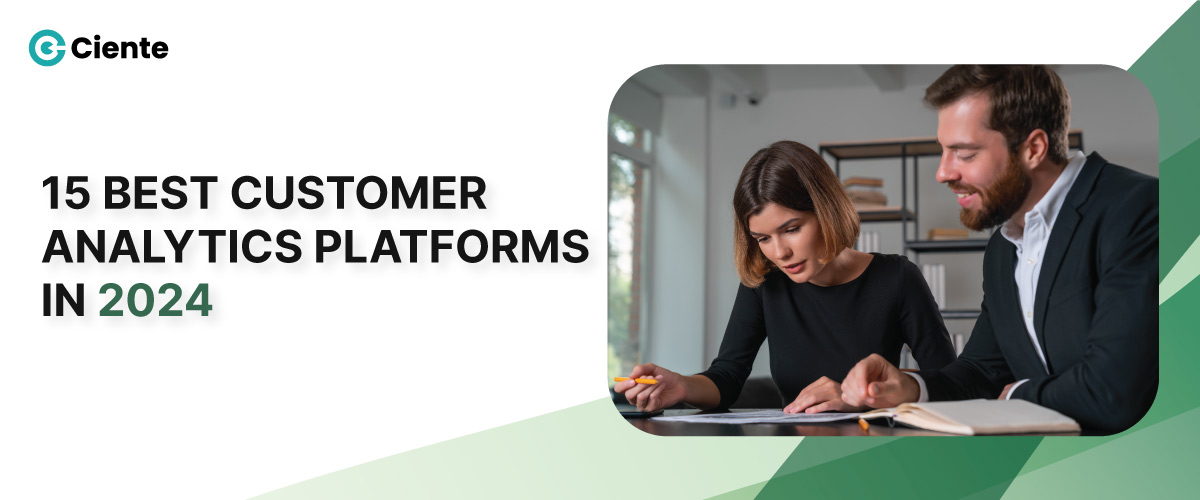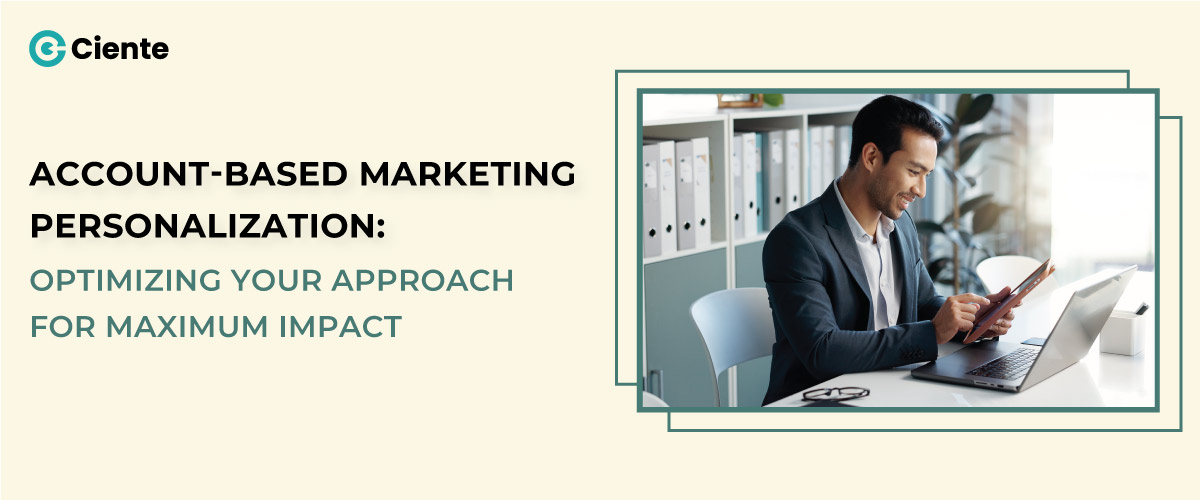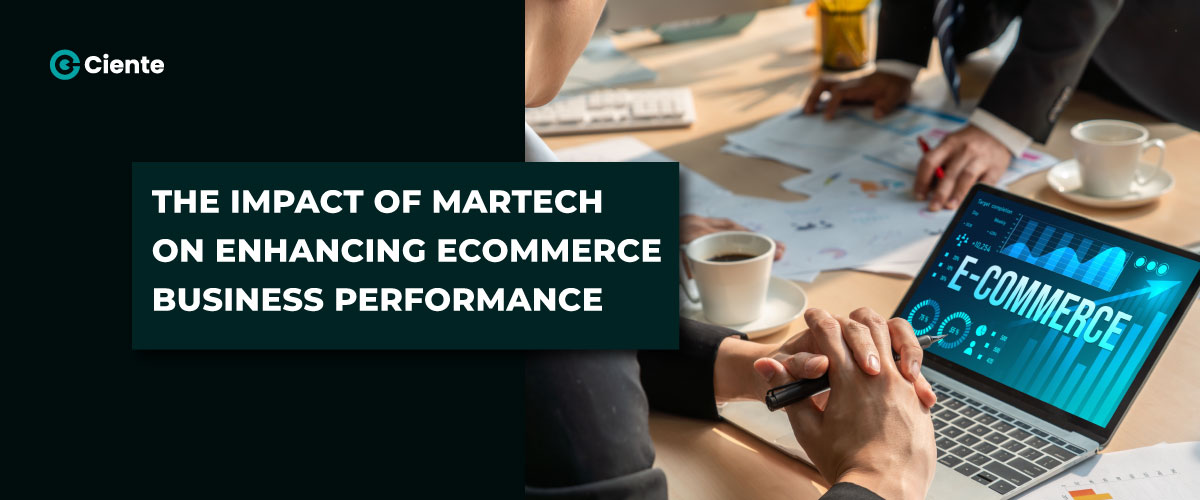
15 Best Customer Analytics Platforms in 2024
The sales and marketing teams of every B2B brand invest

The sales and marketing teams of every B2B brand invest

Account-based marketing is your way to reach your prospects. How

B2B buyers have changed, and a static pitch deck won’t

Personalization is a balance between algorithmic insights and heartfelt connections.

From retargeting to exit pop-ups, MarTech’s role in e-commerce is

In this data-driven and information-rich world, micro-segmentation is marketers’ secret